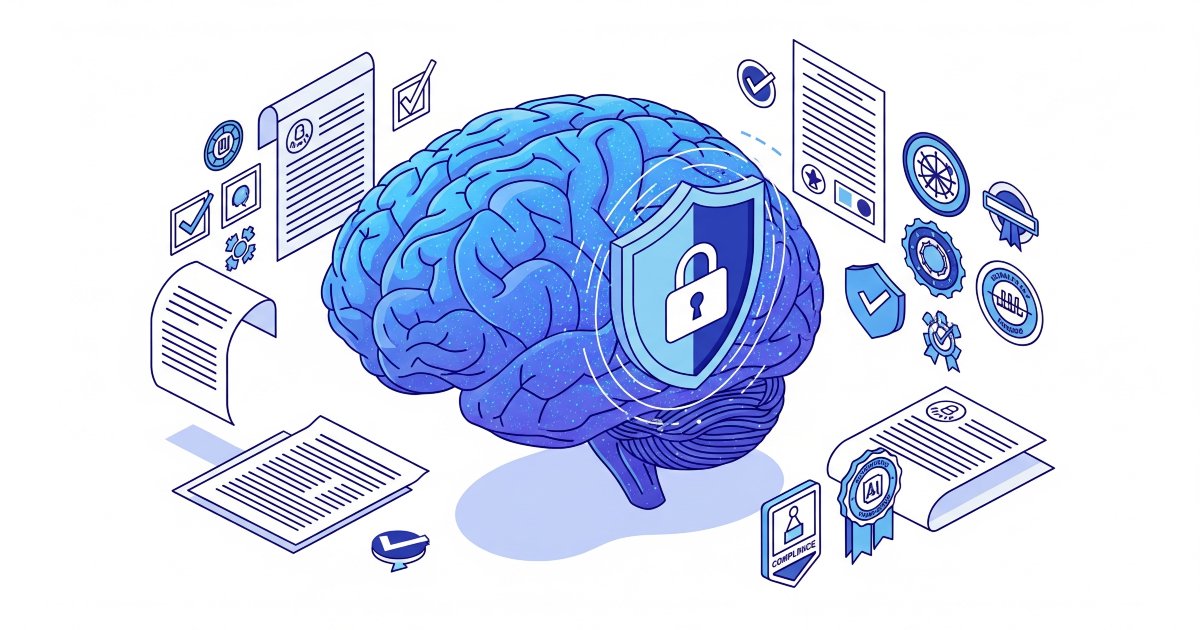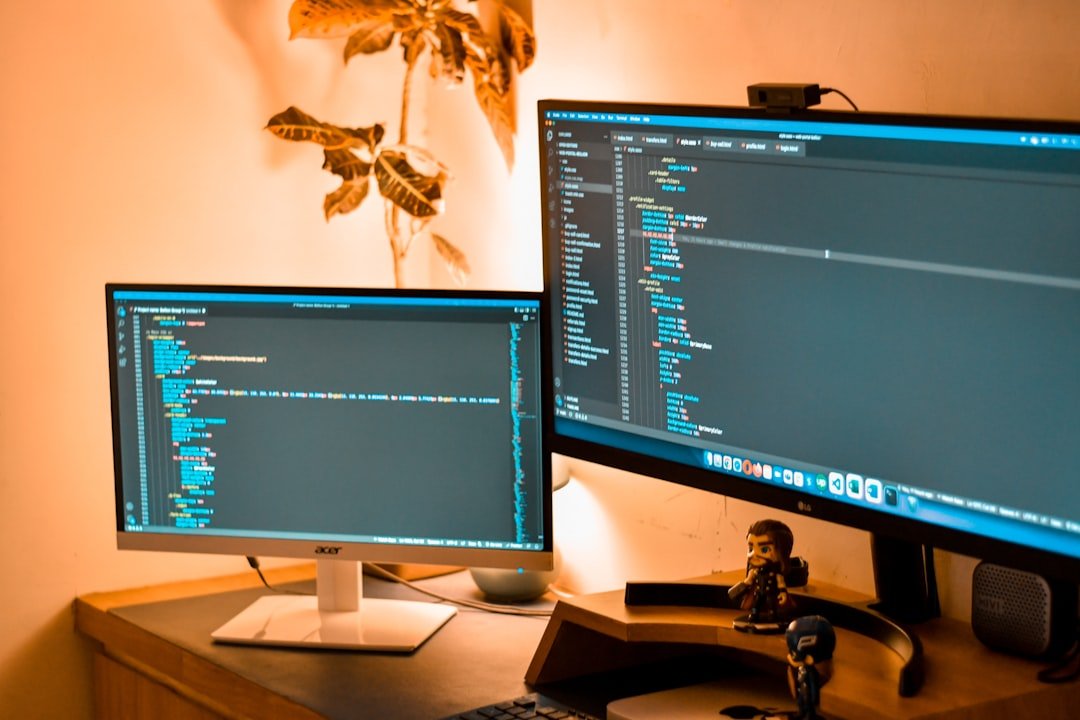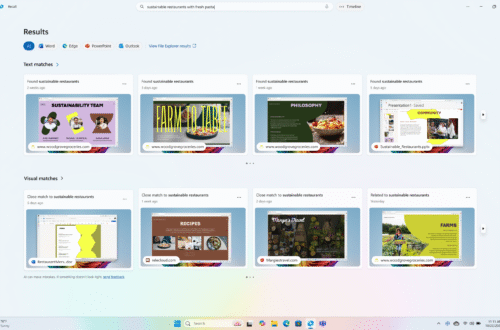AI Safety and Regulation: Navigating the New Frontier of Responsible Innovation
The artificial intelligence landscape is evolving at a breathtaking pace. As large language models (LLMs) and generative AI systems become more powerful and integrated into our daily lives, the conversation around AI safety and regulation has shifted from academic debate to urgent global policy. For developers, researchers, and business leaders, understanding this new terrain is no longer optional—it’s essential for responsible innovation. This article provides a comprehensive overview of the latest updates in AI safety and governance, offering actionable insights for the AI community.
The Global Regulatory Landscape: A Snapshot of Key Initiatives
Governments worldwide are racing to establish frameworks that foster innovation while mitigating the risks of advanced AI. Three landmark initiatives are setting the global tone.
The EU AI Act: A Risk-Based Blueprint
The European Union has taken a pioneering step with its comprehensive AI Act. The legislation adopts a risk-based approach, categorizing AI systems into four tiers:
- Unacceptable Risk: Systems deemed a clear threat to people’s safety and rights, such as social scoring by governments or real-time biometric identification in public spaces (with narrow exceptions), are banned.
- High-Risk: AI used in critical infrastructure, medical devices, or recruitment must adhere to strict requirements, including risk management, data governance, and human oversight.
- Limited Risk: Systems like chatbots must be transparent, ensuring users know they are interacting with an AI.
- Minimal Risk: The vast majority of AI applications, such as AI-enabled video games or spam filters, fall into this category with no new legal obligations.
Non-compliance carries significant penalties, with fines reaching up to €35 million or 7% of a company’s global annual turnover, whichever is higher. This regulation signals a move towards legally mandated accountability in AI development.
The U.S. Executive Order: Mandating Safety and Security
In late 2023, the White House issued a landmark Executive Order on Safe, Secure, and Trustworthy AI. A key mandate requires developers of the most powerful AI systems—those that could pose a serious risk to national security or public health—to conduct rigorous safety tests and report the results to the U.S. government before public release. The order also directs the National Institute of Standards and Technology (NIST) to develop comprehensive standards for AI safety and security testing, creating a benchmark for the entire industry.
The Bletchley Declaration: A Global Consensus
Marking a crucial moment for international cooperation, the inaugural AI Safety Summit in the UK resulted in the Bletchley Declaration. Signed by 28 countries and the European Union, the declaration establishes a shared understanding of the opportunities and risks posed by frontier AI. It commits signatories to collaborating on research and safety measures, creating a global dialogue on managing potentially catastrophic risks.
Inside the Lab: Core Pillars of Technical AI Safety
Regulation provides the “what,” but technical safety research provides the “how.” Leading AI labs are investing heavily in methods to make models more reliable, controllable, and aligned with human values.
Red-Teaming and Model Evaluations
Red-teaming involves intentionally stress-testing a model to find its flaws before it’s deployed. Teams of experts try to “break” the AI by prompting it to generate harmful, biased, or insecure outputs. Building on this, OpenAI has introduced a Preparedness Framework that scores and tracks models against catastrophic risks like cybersecurity threats and autonomous replication.
Constitutional AI and Value Alignment
How do you teach an AI to be helpful and harmless without constant human supervision? Anthropic’s Constitutional AI is a novel approach. The model is trained using a set of principles (a “constitution”) derived from sources like the UN Declaration of Human Rights. The AI learns to align its responses with these principles, reducing the need for human-labeled feedback on harmful outputs.
Watermarking and Provenance
With public concern growing—a Reuters/Ipsos poll found 61% of Americans worry about AI in elections—distinguishing between human and AI-generated content is critical. Techniques like cryptographic watermarking embed an invisible signal into AI-generated images and text, making it possible to trace their origin. This is a vital step toward combating misinformation and ensuring content provenance.
From Principle to Practice: Actionable Steps for the AI Community
Whether you’re an independent developer or part of a large enterprise, you can contribute to a safer AI ecosystem:
- Adopt a Framework: Familiarize yourself with and implement principles from the NIST AI Risk Management Framework (AI RMF). It provides a structured process to map, measure, and manage AI risks.
- Prioritize Transparency: Use tools like Model Cards and Datasheets to document your model’s capabilities, limitations, and the data it was trained on. This fosters trust and allows users to make informed decisions.
- Engage in Open Evaluation: Participate in or use findings from public AI model evaluations and red-teaming efforts. Platforms like the AI Incident Database, which has seen reported incidents more than double in recent years, offer crucial lessons.
- Secure Your Supply Chain: Just like traditional software, AI models can have vulnerabilities. Use tools to scan for security flaws in dependencies and the underlying infrastructure.
The Road Ahead
The journey toward safe and beneficial AI is a marathon, not a sprint. Key challenges remain, including governing powerful open-source models, harmonizing international regulations, and ensuring safety measures don’t stifle innovation. Proactive engagement from the entire AI community is crucial. By embracing transparency, adopting robust safety practices, and participating in the global dialogue, we can collectively steer the development of AI toward a future that is not only powerful but also profoundly positive for all of humanity.




